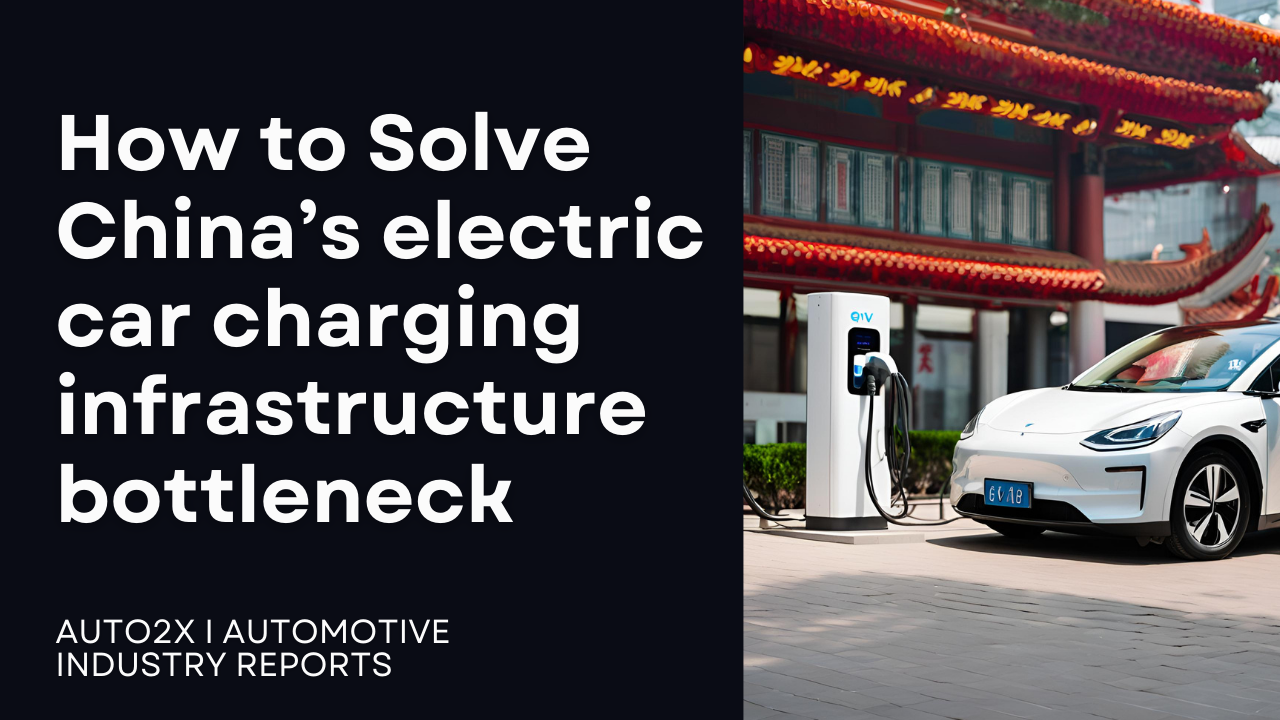- The current number of electric car charging piles is relatively low compared to the government’s initial goal of 4 million stations in 2020
- In the coming years, charging network availability may be of greater importance than the actual EV price
- Heavy investment by public companies, energy providers and automakers aims to tackle the inefficient distribution of charging infrastructure in China
- China’s tech giants seek to monetize the gains from the continuous NEVs deployment and the emerging Autonomous Driving technologies
China’s Electric Car charging infrastructure is struggling to keep up with the growing demand for NEVs
China’s Ministry of Public Security announced that as of 2020, the number of New Energy Vehicles in the country reached 4.92 million, accounting for 1.75% of the total number of vehicles (an increase of 1.11 million vehicles or 29.18% over 2019). Pure electric vehicles (BEV) accounted for 81.32% of the total number of NEVs. The organization has also pointed out that the increment of new energy vehicles exceeded 1 million for three consecutive years, a fact that is showing a trend of sustained high-speed growth.
At the same time, the number of electric car charging facilities reached 1.68 million in 2020, a 37.9% increase from 2019. This number includes 807,000 public charging poles and 874,000 private charging poles, according to the Electric Vehicle Charging Infrastructure Promotion Alliance (EVCIPA).
According to the same source, the vehicle-to-charging point ratio across all the country is 3.5:1, while in the mega-cities like Beijing and Shanghai the ratio is substantially better, 1.5:1 and 1.2:1 respectively. Among public charging polls, fast-charging (FC) points count for 309,000, an approximately 12:1 ratio nationwide (i.e. one FC poll for every twelve EVs).
EV penetration is expected to grow up to 10%-12% of new vehicle sales, or greater, by 2023, according to China’s Ministry of Industry and Information Technology (MIIT). The “Energy-saving and New Energy Vehicle Technology Roadmap 2.0” released by SAE China in collaboration with MIIT, predicts that the NEVs share will reach 40% by 2030 and over 50% by 2035.
EVCIPA estimates that 50,000 public electric car charging piles and 300,000 private piles will be deployed annually in the following years.
The investment cost of public charging piles will be ¥ 50,000 and the investment cost of private ones will be ¥25,000. EVCIPA estimates that the investment scale will reach ¥90 billion in 2025.
EVCIPA
The Economics of Electric Car Charging Infrastructure
EV price-parity with conventional ICE cars is likely to take place between 2026 and 2029 in China, as large economies of scale in EV production and improvements in battery costs enhance automakers expectations and thus boost EV mass production. ICCT predicts that by 2030 battery pack costs will drop from the current ¥0.90/Wh to ¥0.4/Wh).
Nevertheless, an essential key for achieving cost parity with conventional ICE vehicles, especially regarding short-range BEVs (i.e range up to 250 km), would be the expansion of the current electric car charging infrastructure network.
Current charging piles deployment is relatively low compared to the government initial goal for approximately 4 million charging piles in 2020. This is mainly attributed to the high density of the Chinese cities and the lack of the spaces required for charging spots installation. In addition, the relatively insufficient vehicle-to-charging point ratio in China’s less populated regions (the public charging utilization ratio falls in some cases below 6%) implies an imbalanced distribution of charging piles triggered by insufficient charging infrastructure investment in these territories.
Substantial investment by the state and private players aim to tackle the “infrastructure bottleneck”
Charging infrastructure development has been heavily supported by government investments, including energy companies and the state’s network of companies, together with national and local-level incentive programs and policies. As for the providers of public charging polls, StarCharge and Teld, among others, hold a substantial amount of the business, while energy ”giants” (like StateGrid and CSG) are also participating in the charging business.
In recent years, automakers have become major investors and account for a greater share of new installations. Among them, Tesla is growing rapidly its own charging network in China – according to recent posts Tesla has achieved to install 6,000 SuperChargers and provide this way with its unique “Tesla ownership experience” in over 300 cities across mainland China’s region.
“StateGrid announced a ¥ 2.7 billion ($380 million) investment in 2020 to set up 78,000 charging piles across the country, while China Southern Power Grid (CSG) announced plans to invest more than ¥ 25 billion (about $3.48 billion) for the completion of 150 large-scale centralized charging stations and 380,000 charging piles, in the four following years.”
StateGrid
BP’s Strategy
BP’s strategy in the EV charging business indicates that the energy giant demonstrates the importance of building a strong position as an electric car charging provider as mobility becomes more electrified and shared.
- BP acquired Chargemaster in the UK in 2018
- Recently they acquired a 33.3% share of the Daimler-BMW joint venture ChargeNow in Europe.
- BP invested in NIO Capital in 2018 to fund NEV ecosystem new ventures,
- BP also invested in PowerShare, a company that provides a connection to multiple charging point operators.
- In 2019, Didi Chuxing (“DiDi”) and BP, announced that they have agreed to form a new joint venture to build electric vehicle (EV) charging infrastructure in China.
Beyond “pure charging installation” the management of wide charging networks is crucial for charging infrastructure deployment
In general, vast amounts of data obtained by EV users through the cloud and digital platforms can provide information about customer preferences similar to the information obtained by smartphone usage that led to the previous decade “e-commerce boom”.
In the charging-business field, analyzing EV-user’s behaviour is not only important for the charging infrastructure providers and the EV manufacturers but is also crucial for the power grid management and the efforts related to energy grid load demand optimization. In this direction, several players in the business prioritize the development of cloud-based platforms in order to provide a connection between charging points and enhance their users experience in charging delivery.
CSG’s platform “Shunyi Charging” has more than 500,000 registered active users per day, while State Grid’s number of registered users exceeds 3 million and covers more than 85% of the public charging piles nationwide“.
Monetize gains from smart technologies deployment in EV growing numbers lures tech-giants
An increasing number of tech giants and car-makers are racing to develop smart electric vehicles in China’s booming NEV market. Huawei collaborates with various Chinese automakers including BAIC and BYD, while Alibaba – an early investor in electric vehicle manufacturer Xpeng – has formed an EV joint venture with SAIC. Another Chinese automaker Geely has recently partnered with tech-giant Baidu in order to develop intelligent EVs, while Didi Chuxing – the major Chinese ride-hailing player – has partnered with automaker BYD in the development of all-electric D1 vehicles.
In March, Xiaomi announced plans to invest $10 billion in the following years in order to develop its own smart-electric vehicle, while another smartphone manufacturer, Oppo, plans to venture into the automotive sector according to recent media reports.
Tech-giants experience in software and hardware integration is able to give them a “built-in” advantage in applying smart technologies in new electric vehicles. Besides valuable gains from the vast amounts of generated data, EV’s mass deployment could be tech-giants’s first step in order to leverage their smart-tech knowledge in the next generation autonomous vehicles.
Read more
To learn more about competition and market developments in the next decade read our reports

